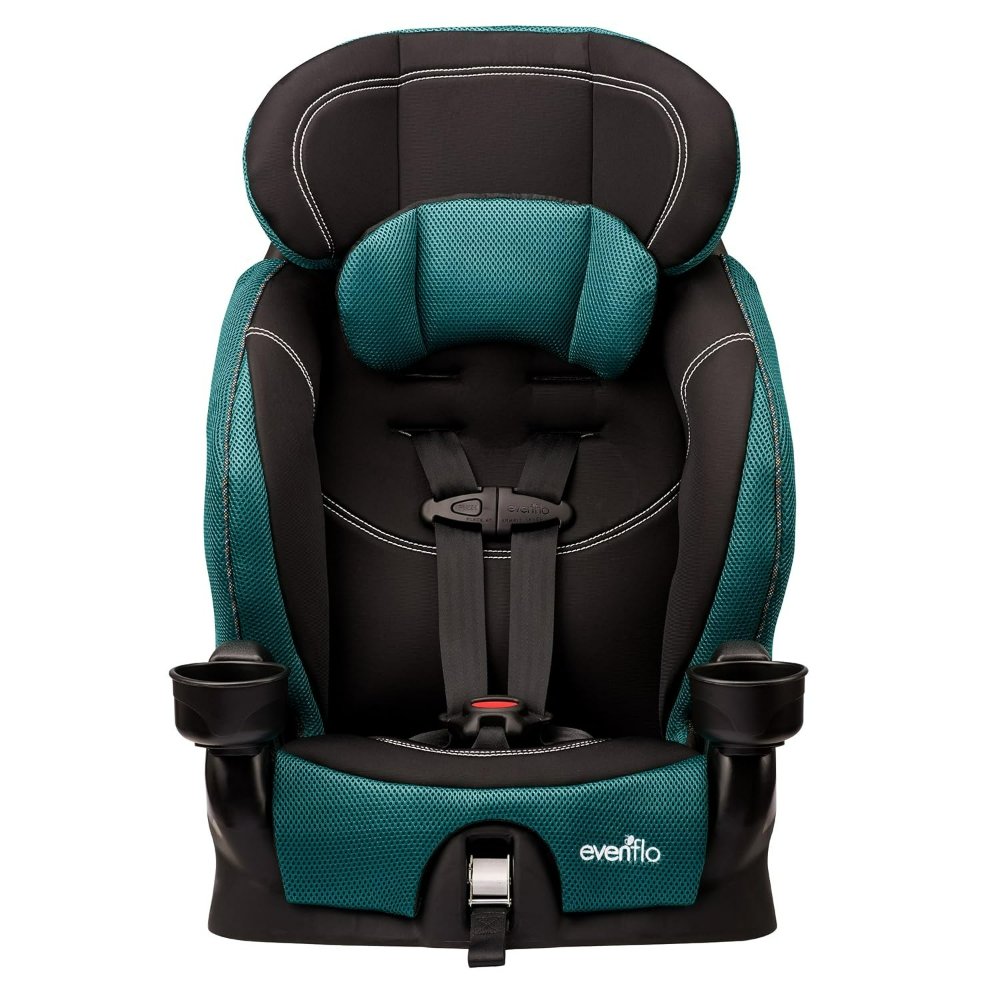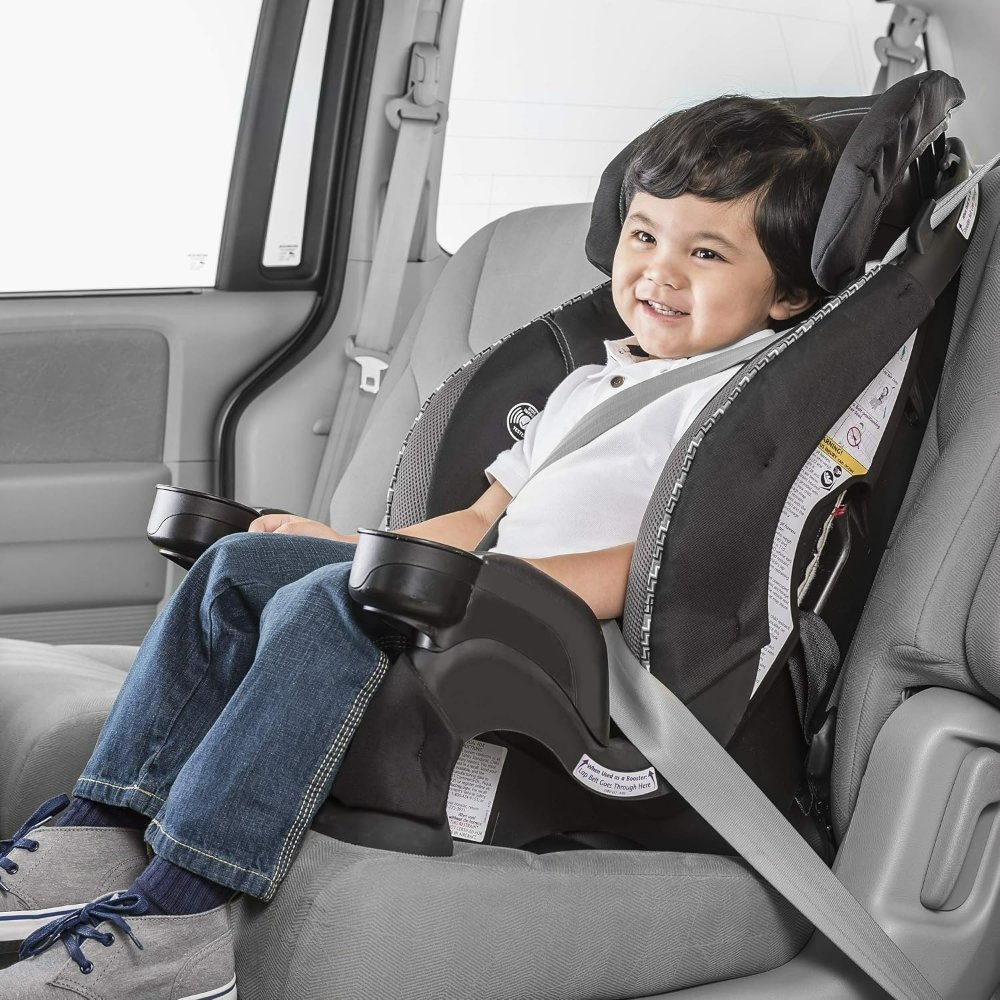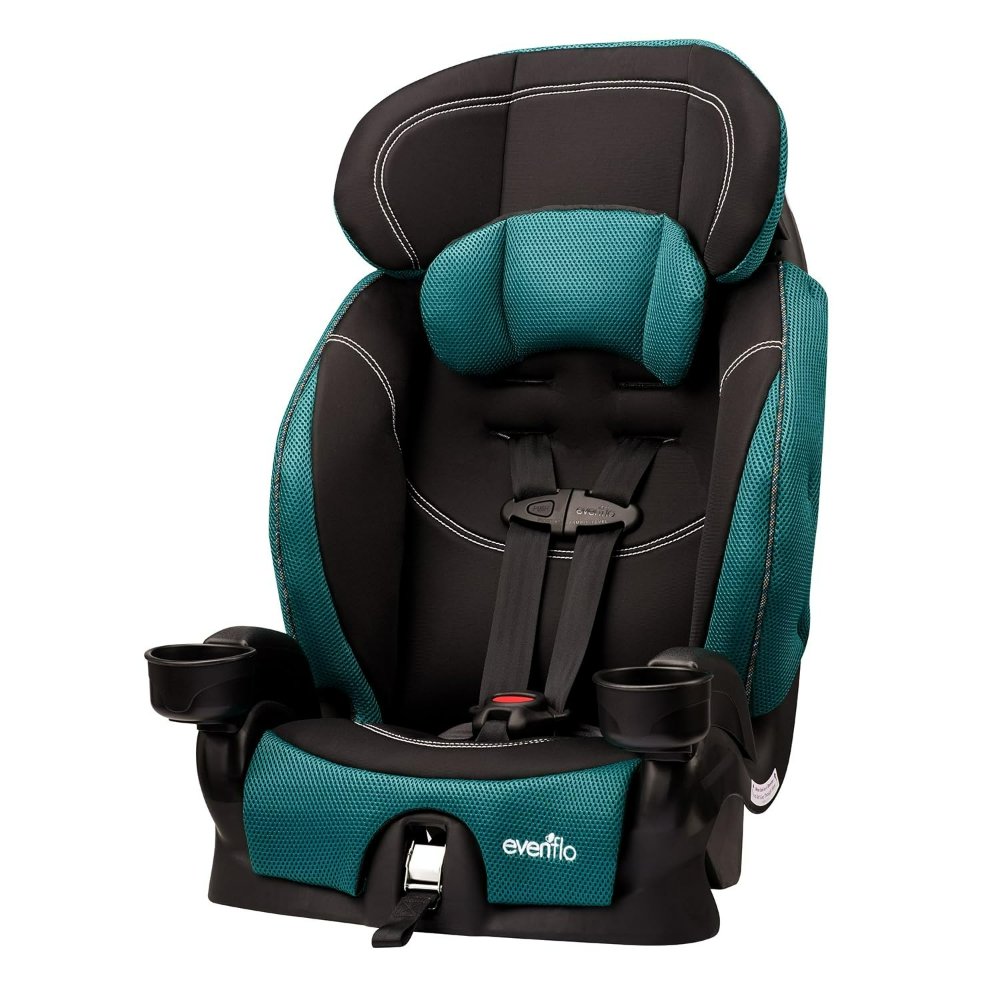Essential Factors to Consider When Buying a Portable Car Seat
When choosing a portable car seat for your child, it’s crucial to consider several key factors to ensure both safety and convenience. Here are the essential elements you should focus on:
- Weight and Size: The portable car seat should be light enough to carry around with ease. Its size must fit your child comfortably and be compatible with different vehicle models.
- Ease of Use: Seek a car seat that you can install and remove without hassle. A user-friendly design will save time and reduce stress during travel.
- Comfort: Your child will be sitting in the car seat for extended periods. Look for features like padded straps and breathable fabrics that enhance comfort.
- Durability: A high-quality portable car seat should withstand wear and tear. Durable materials ensure longevity and better protection over time.
- Adjustability: As children grow quickly, an adjustable portable car seat can adapt to their changing size and provide a proper fit for longer.
- Safety Features: Check for car seats with robust safety features such as side-impact protection and a five-point harness system. Always ensure the seat meets current safety standards.
- Price: While budget is important, don’t compromise on safety features for a lower price. Opt for the best you can afford, considering the other factors listed.
- Brand Reputation: Research brands with a strong safety record and positive customer reviews. Experienced manufacturers often offer higher quality and better customer support.
Ensuring these key components are in place when you buy a portable car seat will make traveling with kids a smoother and safer experience. Remember to balance the practical aspects with the highest levels of safety to protect your precious cargo.

Types of Portable Car Seats Available on the Market
When shopping for a portable car seat, you will find several types to choose from. Each type caters to different needs, preferences, and child growth stages. Here’s a look at the common options:
- Infant Car Seats: Specifically designed for newborns and small babies, these seats are lightweight and have a carrying handle. They usually come with a detachable base.
- Convertible Car Seats: These seats can transition from rear-facing for infants to forward-facing for toddlers. They are not as portable but offer longer-term use.
- Booster Seats: For older children who have outgrown car seats, boosters raise a child’s seating position so the seat belt fits properly. They are portable and easy to switch between cars.
- Travel Systems: These are stroller and infant car seat combos. They provide a seamless transition from car to stroller, which is ideal for busy parents on the go.
- All-in-One Car Seats: These seats can change from rear-facing to forward-facing, and then to a booster seat. Although heavier, they are a one-time purchase for all growth phases.
Choosing the right type will depend on your child’s age, weight, and how often you plan to move the car seat in and out of vehicles. Match the type to your lifestyle for the best traveling experience with your kids.
Safety Standards for Portable Car Seats
Keeping your child safe is the top priority when buying a portable car seat. Safety standards are there to guide you. These standards vary from country to country, but they all aim to ensure maximum protection for children on the road. Here’s what to look for in terms of safety:
- Certification Labels: Look for labels showing that the car seat meets safety standards. In the US, it should meet or exceed Federal Motor Vehicle Safety Standards (FMVSS).
- Crash Testing: A reputable portable car seat should undergo rigorous crash testing to prove its effectiveness in protecting your child.
- Proper Fit: Safety also means ensuring the car seat fits your child’s size and weight. Check the manufacturer’s guidelines for proper age, weight, and height limits.
- Updated Technology: Choose seats that incorporate the latest safety technology. This can include advanced side-impact protection or energy-absorbing foam.
- Recalls: Always check if there has been a recall on the car seat model you are considering. Recalls suggest that there might be known safety issues.
When you’re searching for a portable car seat, remember to review these standards closely. Do not compromise on safety for convenience or price. A well-constructed car seat that adheres to stringent safety standards will give you peace of mind while traveling with your kids.

Installation Tips for Portable Car Seats
Installing a portable car seat correctly is vital for your child’s safety. Follow these simple steps to ensure a secure fit:
- Read the Manual: Start by reading the installation section of your car seat’s manual. It holds key instructions specific to your car seat model.
- Check the Position: Decide whether the seat should be rear-facing or forward-facing, based on your child’s age and weight.
- Use LATCH or Seat Belt: Most cars have LATCH anchors for easy installation. If not available, use the seat belt to secure the car seat firmly.
- Look for Indicators: Some seats have level indicators or built-in bubble levels. These tools help you install at the correct angle.
- Push and Tug: Once in place, push the car seat into the vehicle seat. Tug at the base to check for more than an inch of movement.
- Check Tightness: The car seat should not move side-to-side or front-to-back more than one inch when tested at the belt path.
- Ask for Help if Unsure: If you have doubts, seek help. Many areas have car seat inspection stations or experts to assist you.
By keeping it simple and sticking to these tips, you ensure your portable car seat is installed for maximum safety during travel.
Top Rated Portable Car Seats for Different Age Groups
Finding the best portable car seat depends on your child’s age. Here are top picks for each group:
- Infants (0-12 months): Look for seats that are rear-facing and offer snug support. A popular choice is the Chicco KeyFit 30, known for safety and ease of installation.
- Toddlers (1-3 years): A convertible car seat like the Graco Extend2Fit can grow with your child. It offers extended rear-facing and is portable.
- Preschoolers (3-6 years): At this stage, consider a combination car seat. The Britax Frontier ClickTight is a favorite for its easy install and conversion to a booster.
- Older Children (6-12 years): A backless booster seat, such as the BubbleBum, is light and easy to carry. It is suitable for travel and adjusts well to different cars.
Remember, the best portable car seat fits your child’s age, weight, and height. It also meets current safety standards. Always review age and weight recommendations before making a choice.

Accessories to Enhance Portable Car Seat Use
To further improve the safety and comfort of a portable car seat, consider adding these accessories:
- Car Seat Protectors: These liners shield your vehicle’s seats from spills and wear. They also provide extra grip, keeping the car seat stable.
- Mirror Attachments: For rear-facing seats, a mirror lets you keep an eye on your baby while driving.
- Seatbelt Adjusters: Ensure the seatbelt fits right and doesn’t irritate your child’s neck or face.
- Travel Bags: A bag protects the car seat from dirt and damage during transit. It also makes carrying easier.
- Window Shades: Shield your child’s delicate skin from harsh sunlight and keep the car cool.
- Head and Body Supports: For infants, these inserts help position your baby securely and comfortably.
- Car Seat Toys: Attachable toys entertain your child and make long trips more pleasant.
Remember, each accessory should not alter how the car seat performs in your vehicle. Always check that accessories are compatible with your seat and do not compromise safety.
Maintenance and Cleaning Tips for Portable Car Seats
Ensuring your portable car seat is well-maintained is crucial for safety and hygiene. Here are practical cleaning tips:
- Read Care Labels: Before cleaning, always check the manufacturer’s care labels for specific instructions.
- Use Gentle Products: Opt for mild soap and warm water to wash the fabric parts. Avoid harsh chemicals that can weaken materials.
- Vacuum the Crumbs: Regularly remove crumbs and debris with a handheld vacuum or soft brush.
- Wipe Down Surfaces: Use a damp cloth to wipe the plastic and metal parts. Dry them well to prevent rust or mold.
- Wash Covers: If the car seat cover is removable, wash it according to the label. Air dry it to avoid shrinkage.
- Spot Clean Stains: For minor stains, spot clean with a soft cloth and a mixture of water and gentle soap.
- Check the Buckle: Ensure the buckle works smoothly. Rinse it with warm water if it sticks.
- Inspect Straps: Look for fraying or wear on the harness straps. Do not use bleaches or machine wash, as this can compromise their strength.
- Air Out the Seat: Let the car seat air dry completely after cleaning to keep it fresh and prevent mildew.
- Review the Manual for Reassembly: After cleaning, reassemble the car seat as instructed to ensure all safety features function correctly.
Regular cleaning keeps your child’s portable car seat safe and comfortable for every journey. Stick to a routine to prolong the seat’s life and performance.
Legal Considerations and Travel Regulations for Car Seats
When traveling with kids, you must respect legal requirements for portable car seats. Countries and states have specific laws to ensure children’s safety on the road. Here are the key legal aspects and travel guidelines you need to know:
- Age and Weight Requirements: Check the age and weight that the law requires for car seat use.
- Correct Car Seat Use: Follow how the law prescribes a car seat’s correct usage.
- Installation Compliance: Ensure that your car seat installation meets legal standards.
International Travel Considerations
If you’re traveling abroad, international laws may differ:
- Varying Standards: Different countries may have unique safety standards for car seats.
- Rental Cars: Verify if rental cars come with the required car seat or if you need to bring one.
- Airlines Policies: Airlines have specific rules for bringing car seats on board.
Remember, it’s your job to stay informed about these regulations to protect your kids while traveling. Always check the latest travel guidelines before setting out on a trip with your portable car seat.